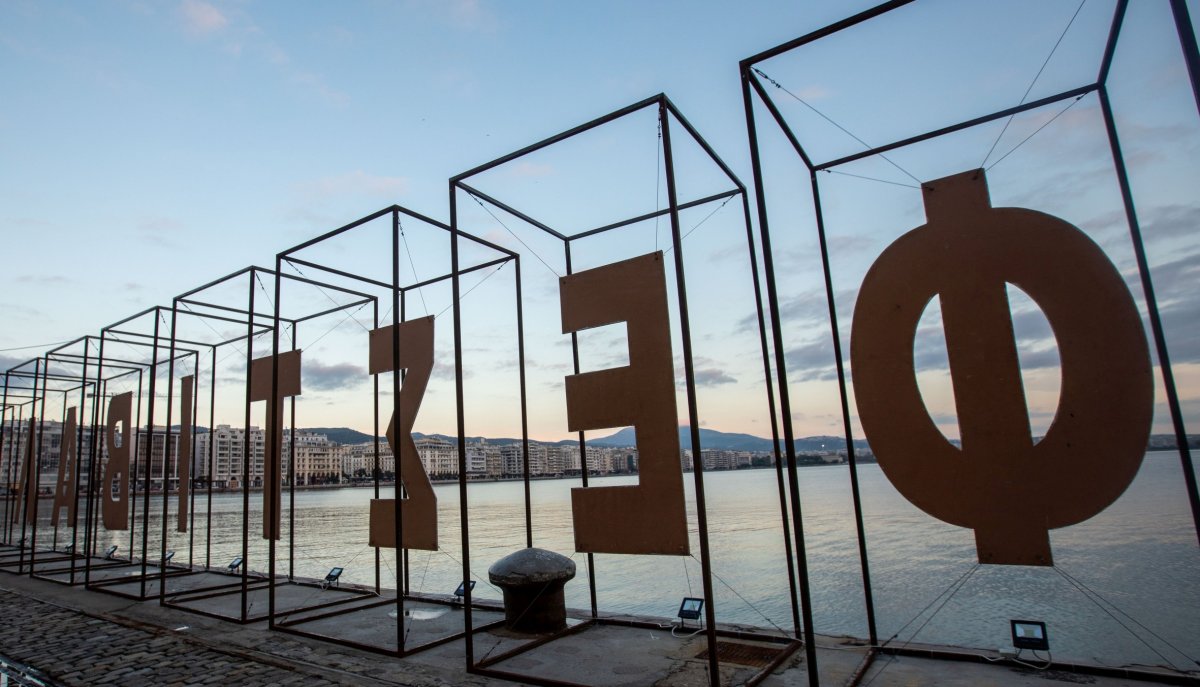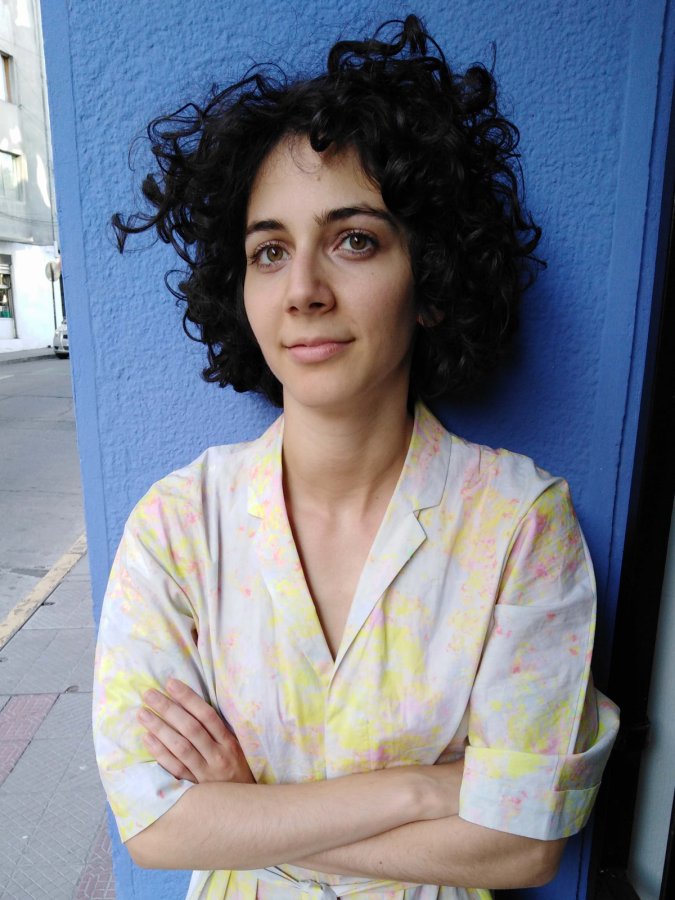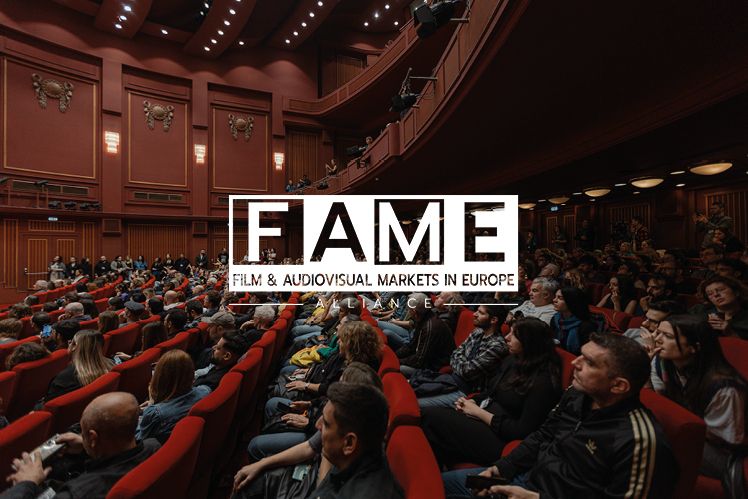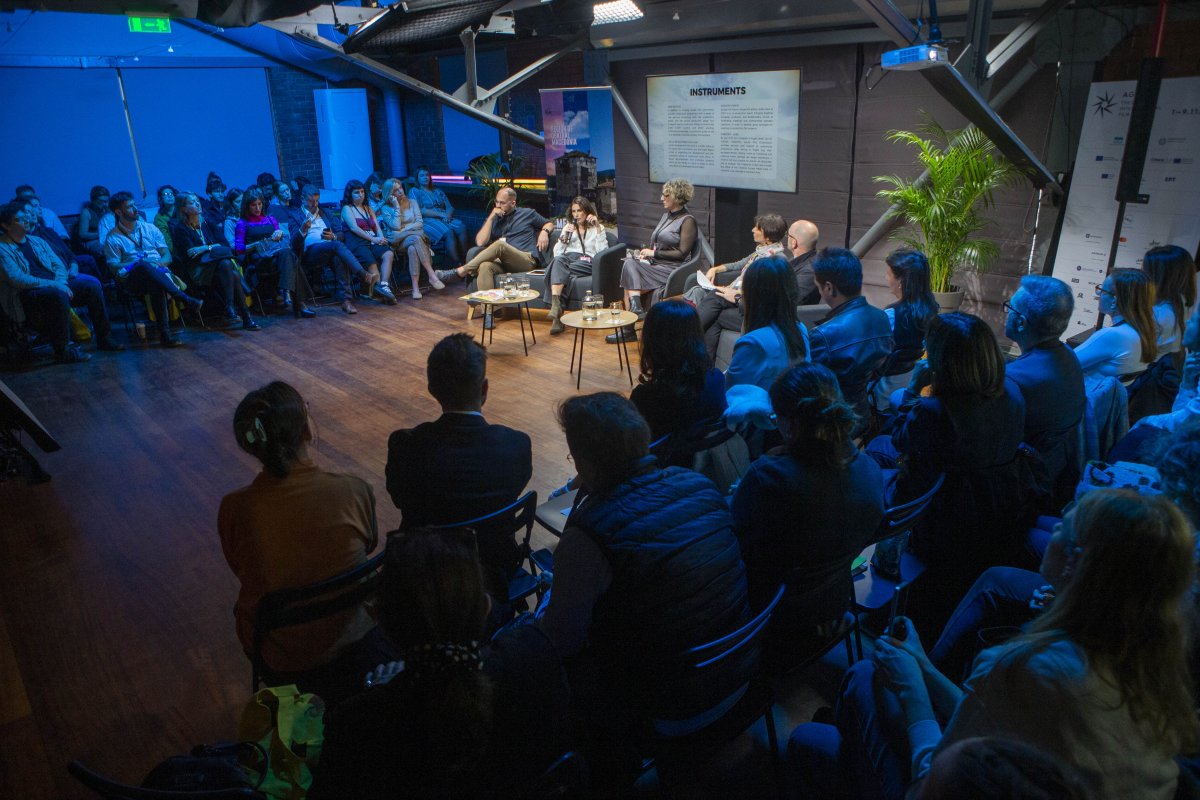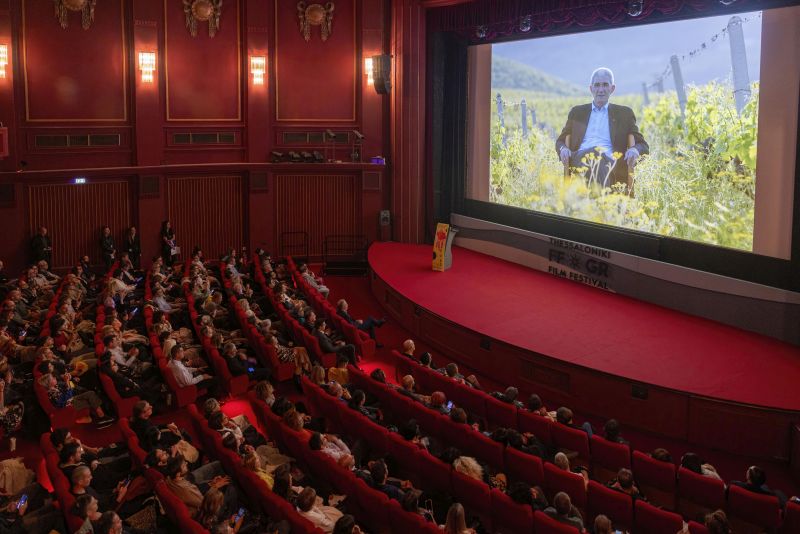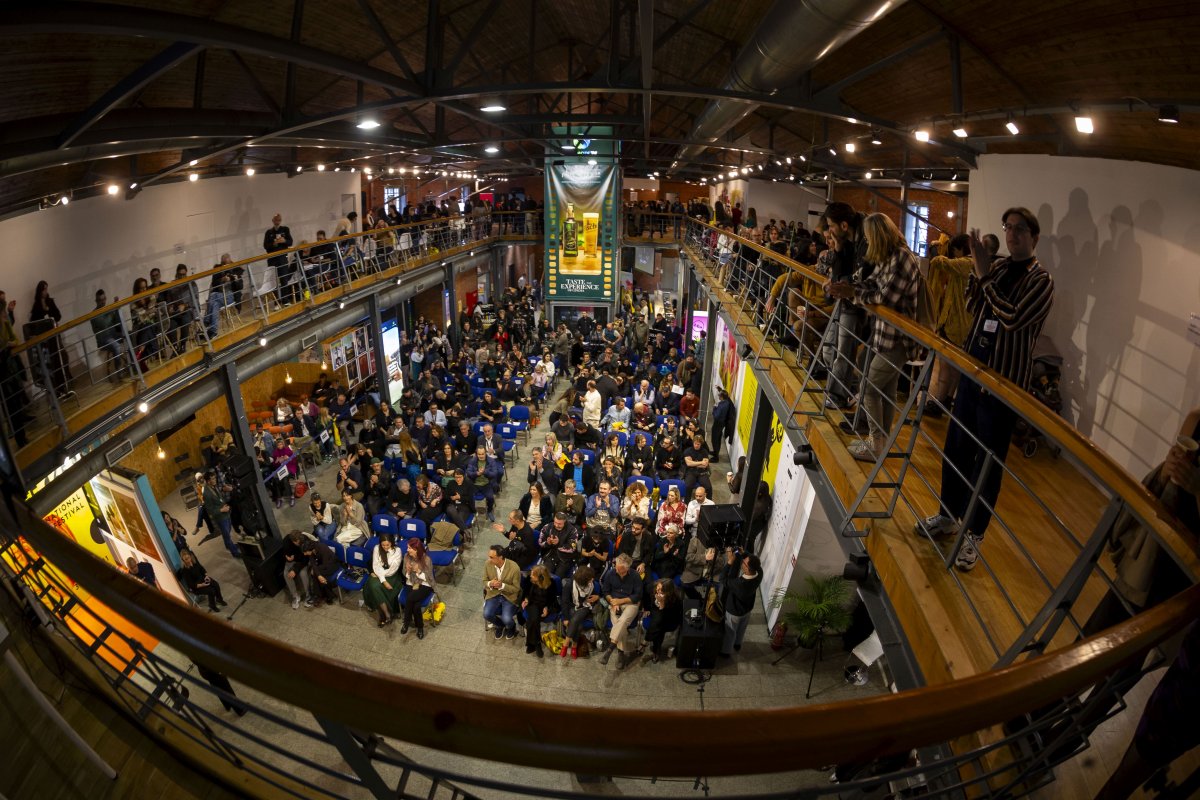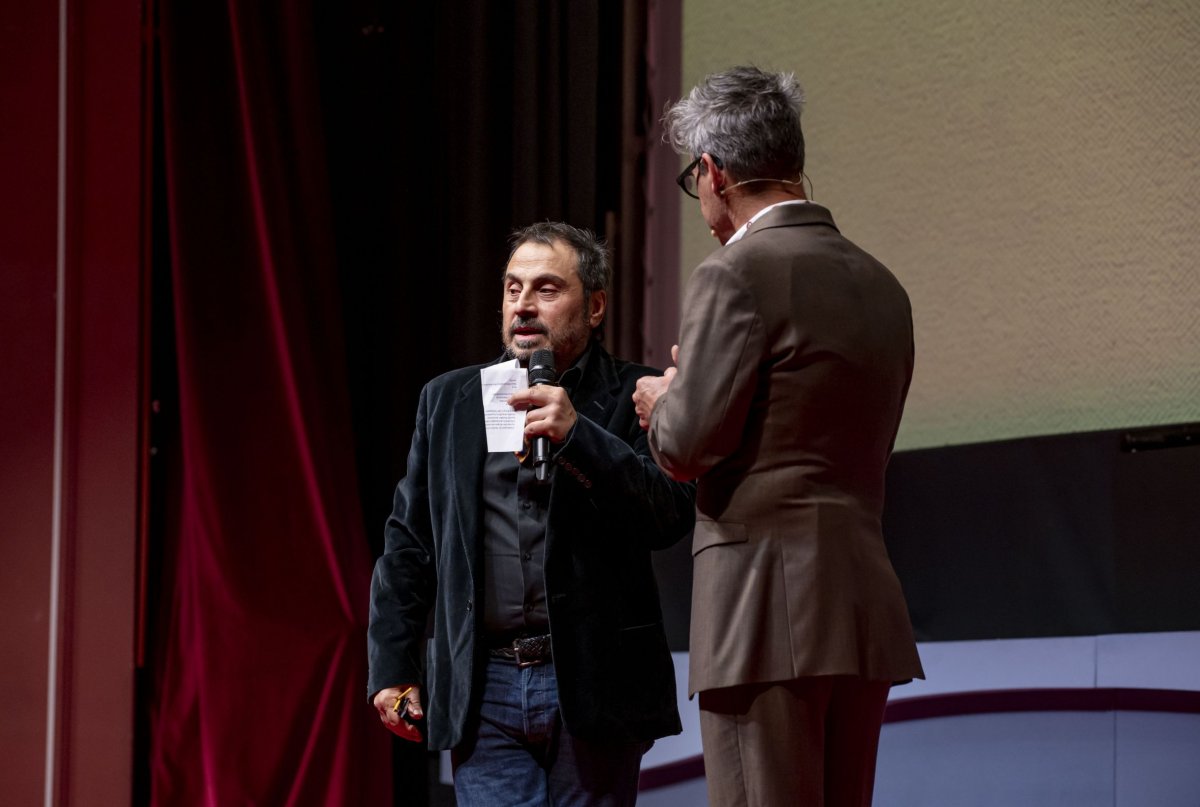The unique allure of cinemascope, the wide image projection, to both viewers and those behind the cameras was the topic of the masterclass “2.39:1 - Greek Cinema Goes Cinemascope Again” which took place on Saturday November 11, 2017, at Pavlos Zannas venue, as part of the 58th Thessaloniki International Film Festival.
The event was organized by the Greek Society of Cinematographers (GSC) in collaboration with TIFF, and was moderated by the cinematographer Argyris Theos, with the cinematographer Christos Karamanis accompanying him at the panel sharing his experience from making films in cinemascope.
As Mr Theos noted, the term “cinemascope” refers to the anamorphic wide image projection format. “It is the very rectangular frame. This means that for a screen with a height of 1 m the width must be 2.29 m. It is specially made to fill the field of vision”, he explained. Cinemascope was mainly used in the 50s in Hollywood by 20th Century Fox. In Greece, few films were shot like that during that period since, as Mr Theos said, “cinemascope was more expensive and Greek cinema was always poor”.
As Mr Karamanis added, widescreen format began with the aim to attract people away of TV and back at the theatres, since it fills the whole field of vision and gives the viewer the impression of “diving into screen”. For this reason, even today it is considered “more cinematic”, he said. Especially in close-ups, Mr Theos added, “Cinemascope allows for the surroundings to fit in the frame, adding depth of field”.
The two speakers mentioned the visual interest of cinemascope films, since the anamorphic lenses used in widescreen often make frames look like paintings. At the same time, these lenses have particularities and many defects, which nevertheless give a special quality to the films shot this way. “Sometimes visual errors occur, e.g. field curvature, elements which at times excite the directors of photography”, Mr Theos said. All these defects also become a motive for the cinematographers’ creativity and inventiveness.
During the event, footage from four films shot in cinemascope format by Christos Karamanis in the last few years were screened. They are Norway by Yiannis Veslemes (2014), Wednesday 04:45 by Alexis Alexiou (2015), Chevalier by Athina Rachel Tsangari (2015), and Suntan by Argyris Papadimitropoulos (2016). Footage from an older Greek film shot this way was also screened; it was the film The City That Never Sleeps by Andreas Tsilifonis (1984).
Amongst the attendants in the masterclass was TIFF board of directors’ president and cinematographer Yorgos Arvanitis, who noted that he also started his career with cinemascope, working with Finos Film. He also noted than in the last few years, for several reasons, economic, technical and artistic, film is making a comeback gaining ground against digital image. “In film’s case, the primary material remains intact for at least 100 years, which is not the case for hard disks”, he explained.
The masterclass was attended by film industry professionals, film school students and moviegoers.



